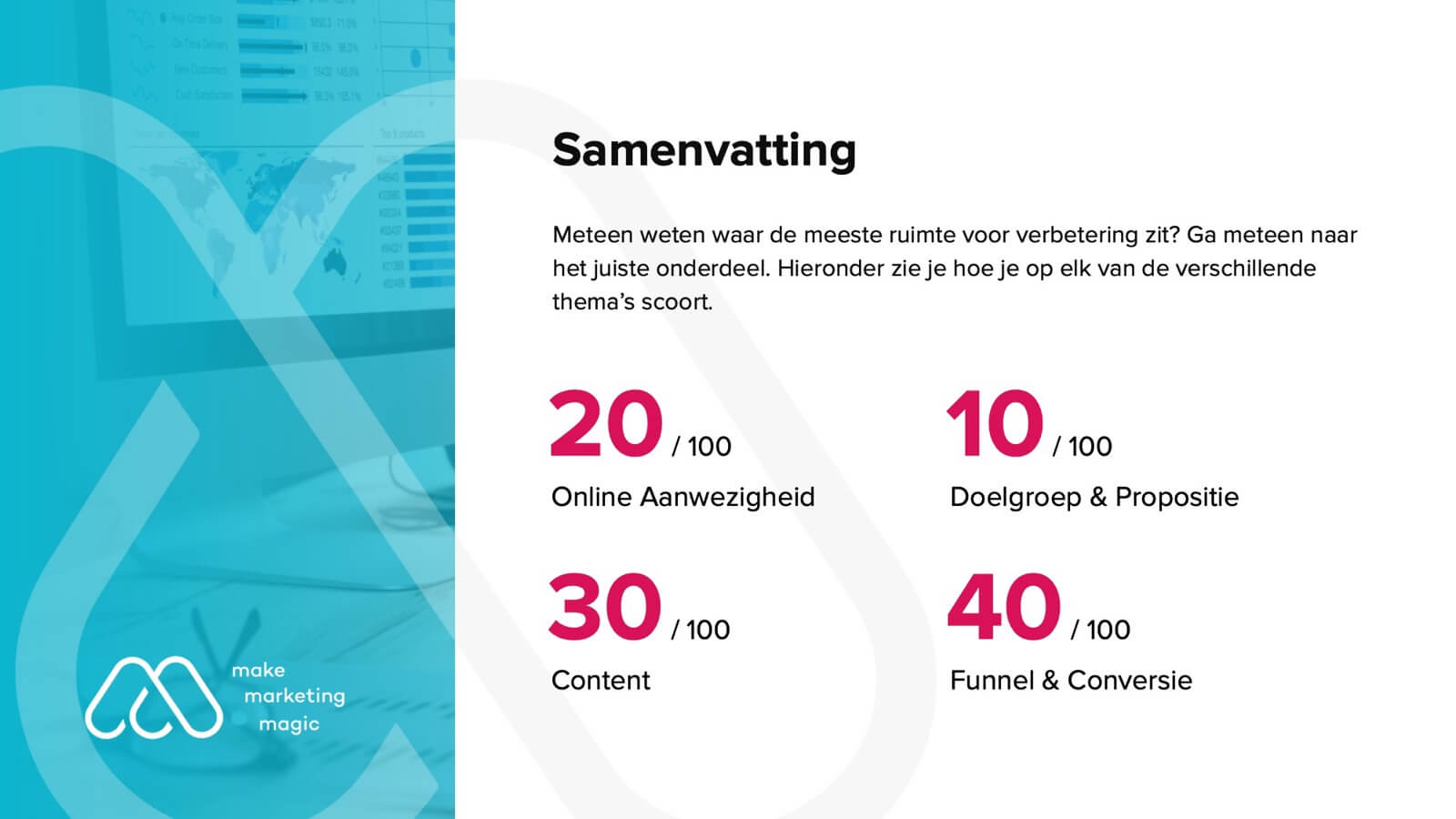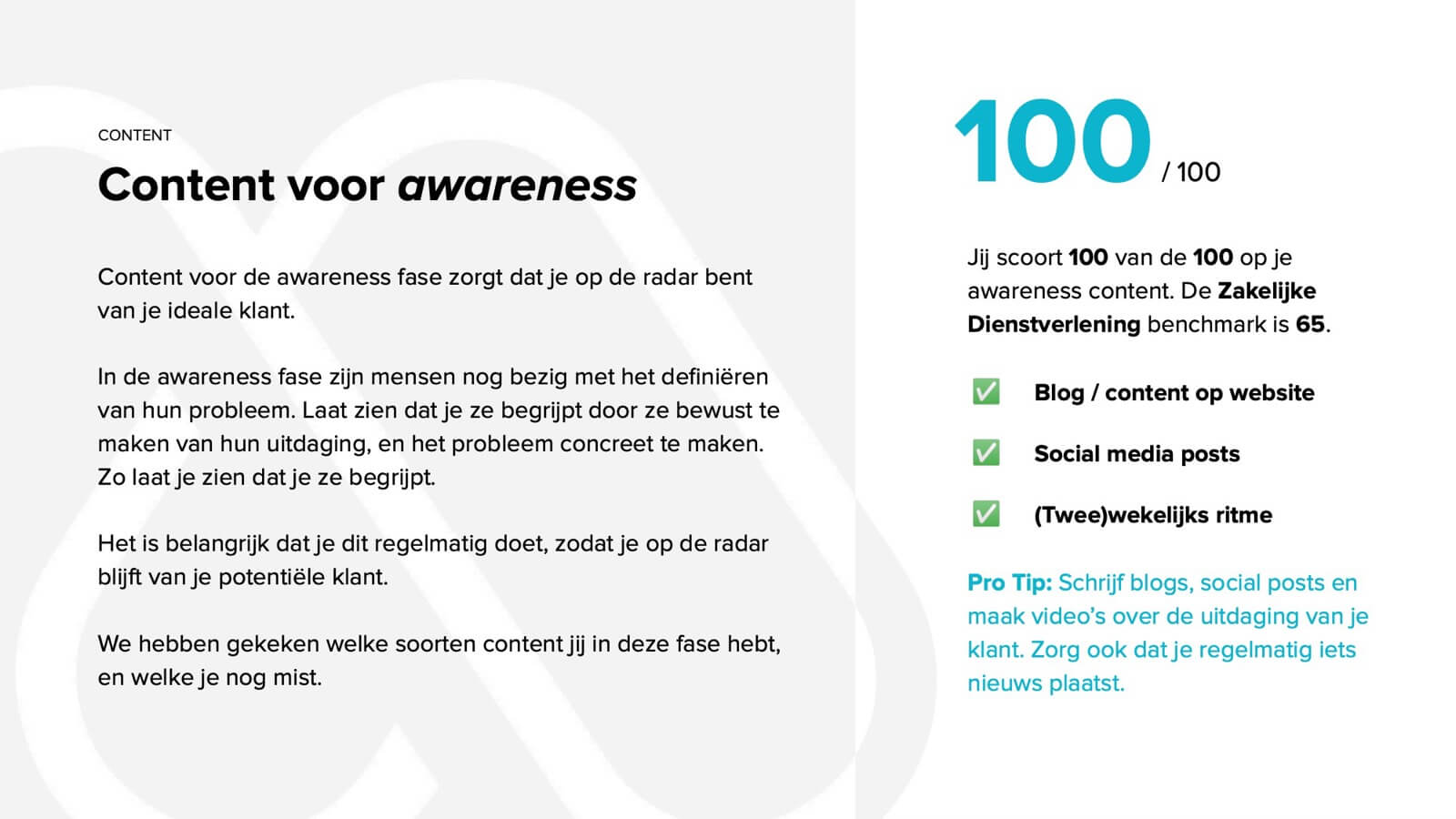
5 tips on how to manage remote teams
Door Make Marketing Magic op 15 april 2020.
The rush to figure out the practicalities of working from home has now calmed down: the majority of employees have their laptops and headsets functioning, wifi working and are getting more proficient in using Zoom, Microsoft Teams or Google Hangouts.
The proliferation of advice in our in-boxes on how to work remotely is being replaced by guidance on how to be effective as the Covid-19 crisis looks set to continue for many weeks and possibly months.
There will now be a focus on how to manage your teams effectively when they are away from the office, when you can’t chat by the coffee machine or hold a face-to-face review meeting.
Having managed teams remotely in more than 50 markets around the world for Microsoft, Geoff Sutton has gained many insights into what works and what doesn’t. Here are his 7 tips on how to ensure you are a great manager to your people and how to make your business continue to be effective.
1. Care personally for your team
Know your people, understand their personal lives and circumstances. Build a strong personal relationship that goes beyond just work.
What is their family situation, what football team do they support, do they care for their parents, where do they like to go on holiday? What are the differences in their cultures? Are they extroverts or introverts? How do they like to talk to you? How open are they?
Establish the rapport you would have with them if you were in the office, having a coffee or a drink in a bar. Care about what they care about.
2. Be empathetic
This lockdown has been forced on people; many would prefer to be in the office. A lot will be working in the midst of the chaos of partner, pets and children, all with their own needs.
Don’t try to micromanage this situation. Focus on goals, not tasks. Understand the challenges they are facing. Help them to prioritise the important things and gain the right perspective.
3. Develop the right business rhythm
Monthly business reviews are different to 1-1 development conversations. A daily stand-up helps set the mood for the day for everyone in the team. Be inclusive, give team members the floor. Give praise. Be cheerful, encouraging and upbeat (without being unrealistic).
Make sure you find the time and right conditions for that 1-1 discussion. Give your employee time to prepare, be ready to devote your time and attention to them. Do it with video not audio.
4. Understand people’s fears
Everyone now knows someone who has been furloughed. Others are simply losing their jobs. Many are deeply concerned about how they will pay the bills, feed the family.
Be honest, show integrity. Explain what is happening to your business KPIs. Don’t sugarcoat problems but show optimism and seek their input. Demonstrate your flexibility to adapt the business for future success and bring them with you.
5. Communicate constantly
There is no such thing as over-communication at the best of times – and these are certainly not that. Talk to your team all the time.
Ping them over Teams or Whatsapp or whatever tech you are using. Phone them. Chat regularly.
Show them that you are thinking of them and that you are open to hear their concerns. Be available and present.
6. Bad news
If there is to be bad news, then be prepared, get your HR reps’ advice and think about the range of reactions you may get and how you will respond.
And do it with a face-to-face meeting over video. Never, ever by email or audio. Show respect for the individual and think about how you can help them in the future.
7. Celebrate good news
We once launched a global product and had a “follow-the-sun” virtual party starting in Australia and tracking through the time zones of Japan, South East Asia, the Middle East, Europe and on to Canada and South America.
Every team around the world drank champagne and celebrated with each other and the HQ team, with it videoed and shared with the other markets. It was great fun and people still talk about it.
It was a recognition of our great staff all over the world going the extra mile to get the product successively out of the door, was a great use of technology and built enormous goodwill and camaraderie.
For more information, you can contact us.













